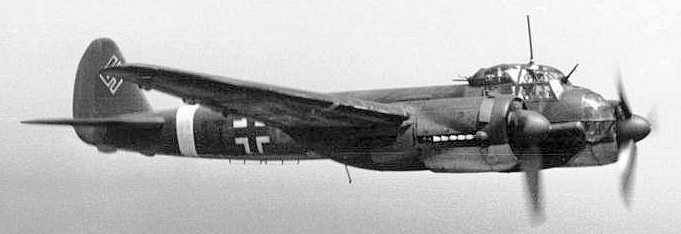
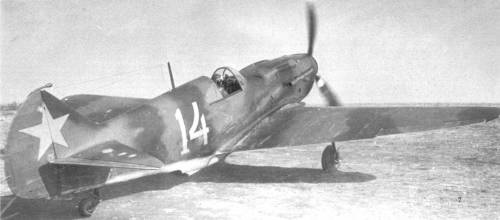
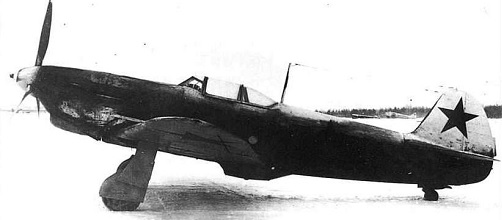 The update is now live and available for download---== UPDATE FL2079: OPERATION BARBAROSSA ==---
The update is now live and available for download---== UPDATE FL2079: OPERATION BARBAROSSA ==---By: Robert & Grumpy
All made possible by: Bcamel (creator of the program used to model the airplanes), and Idunno (who has shared a vast amount of aerodynamical knowledge).
This update includes full modeling of several planes that were used during the German invasion of Russia. This will allow for interesting Eastern front S3 events, as well as a better Russian roster for the normal arenas.
--= Yakovlev Yak-1's =--The Yak-1 and Yak-1b have been fully modeled to historical performance and implemented in the game. They will use a new historical skin made by Iart7. See further down for details.
--= Lavochkin LaGG-3's =--(Please note the LaGG's are currently using the La-5F 3d model as a sub, but have brand new skins made by Iart7)
The LaGG-3 "4th series" and LaGG-3 "35th series" have been fully modeled to historical performance and implemented in the game. See further down for details.
--= General Motors TBM-3 Avenger =--The TBM-3 Avenger has been fully modeled to historical performance and implemented in the game. See further down for details.
--= Junkers Ju 88 =--We are happy to announce that the Schnellbomber (fast bomber) Ju 88A-4 and the night fighter Ju 88C-6 have been fully remodeled. They should now be closer to real life performance. See further down for details. The A-4 now finally has a forward firing 20 mm cannon!
--= Bf 109 series =--All Bf 109's have had their engines and dragco corrected. The Bf 109's previously had their engines built on min RAM horsepower data from ww2 engine charts. Adjusting the dragco to these data caused the Bf 109's to have a fairly correct speed at mid altitudes but they have been unhistorically fast at low altitudes. The engines of all Bf 109's have now been rebuilt implementing max RAM horsepower numbers, and their dragco has been increased to match these. As such the Messerschmitts should now be closer to historical speed performance at low altitudes. The rebuilds of the German Daimler Benz engines also affect the Bf 110's, C.202's, C205, and Ki-61's, with similar effects. Below are a few examples:
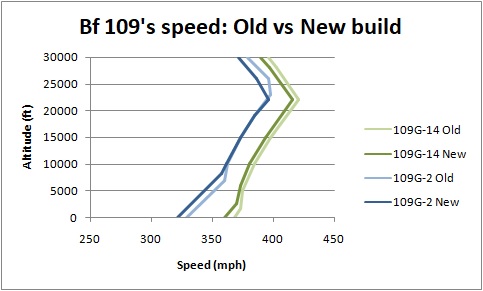
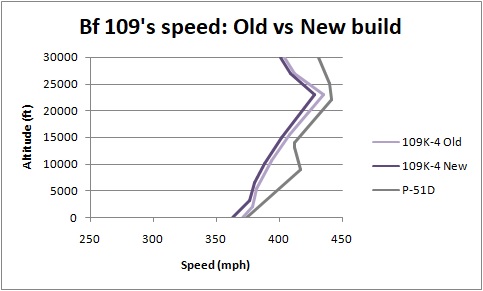 --= Lavochkins =--
--= Lavochkins =--The stall speed has been reduced by 3 mph for the La-5F, La-5FN, La-7, and La7-3.
The engine sound has also been corrected to be a radial engine instead of an inline engine.
--= F6F-5 =--The temperature gauge has been corrected.
--= B-24 Liberators =--Possible fix to the Ai wing fluttering issue at low altitudes. We'll know for sure once the update is released since the Ai wingmen in the real Warbirds version differ from the Ai wingmen in the programmer's version (in which the Ai's don't have the fluttering issue).
--= Ju 87's =--Engines updated with better altitude performance (with max RAM) from more detailed Jumo 211J engine power charts found when remodeling the Ju 88's.
--= Yakovlevs =--Fixes for the nose down attitude flight of the Yak-3, Yak-9d, and Yak-9U. They should now fly straighter at lvl flight.
--= Single engine bombers Vehicle Info =--All single engine bombers have had their Vehicle Info updated. Players can now read up on the max speed, climb performance, turn rate, max recommended dive speed etc of these planes. The Vehicle Info is accessible from the Tower menu.
--= New skins =--Several new skins by Iart7 have been included in the update. See the post below for pictures. The planes with new skins:
Yak-1, Yak-1b, LaGG-3 s4, LaGG-3 s35, Bf 109G-6/RVI, D3A2, F4F-3, F6F-5, Ju 52, Ju 88A-4, Ki-43-II, P-38G, SBD-5.
--= Skin fixes =--Fixes to bugged skins for a few planes.
---== The YAKOVLEV YAK-1 SERIES NEW FLIGHTMODELS ==---The Yak-1 was designed by Alexander Yakovlev and first saw combat when the Germans army invaded Russia in early 1941. It was a fast, maneuverable plane that quickly became popular among it's pilots. The Yak-1 could match the Bf 109's in speed and climb, depending on variant, but the Messerschmitts had a somewhat tighter turn thanks to their slats. The armament of the Yak-1 consisted of two 2.76 mm ShKAS machineguns and one 20 mm ShVAK cannon mounted in the nose. Not having guns mounted in the wings allowed for a superb roll rate, which was a priority among Russian pilots. Compared to the early LaGG-3 models, the Yak-1 was seen as clearly superior. The LaGG-3 started to catch up in performance from the 35th series and onwards, but the Yak-1 was the best Russian fighter for a long time. It was also the fighter flown by the all-female 586th Fighter Aviation Regiment. Aces flying the Yak-1 included Lydia Litvyak, Katya Budanova, and Mikhail Baranov.
--= Yak-1 =--The Yak-1 was powered by the Klimov M-105P engine, capable of 1100 hp at 6500 ft. The Yak-1 has a high wingloading but can be used confidently against most early war fighters using boom n zoom tactics. In the early war, only the Spitfires and Bf 109's can match it's speed.
--= Yak-1b =--The Yak-1b was upgraded with the M-105PF engine, capable of 1260 hp at 2000 ft. This engine gave the Yak a greatly improved low altitude performance. While not being as impressive in late 1942 as the Yak-1 was in early 1941, the Yak-1b can still fight it's German adversaries on fairly even terms at low altitudes.
---== The LAVOCHKIN LAGG-3 SERIES NEW FLIGHTMODELS ==---The I-301 prototype, also called the LaGG-1, had a wooden frame and was approved for production in early 1940. The production version was named the LaGG-3. It was rushed out of the factories due to the German invasion, which resulted in poor quality airframes, and it arrivied at front line units in early 1941. The early LaGG-3 became quite unpopular with it's pilots due to being hard to pull out of a dive, easily stalling out, had frequent engine problems, the elevator got heavy at high speeds, and it was underpowered and overweight compared to the German Messerschmitts. The LaGG-3 underwent many improvements during it's operational history. The armament and overall weight was reduced several times, and changes were made to reduce the LaGG-3's drag. While the early LaGG's were called "Varnished coffins", the later production series were quite decent fighters, able to give the German planes an honest fight. The LaGG-3 later developed into the La-5F series, allowing the Russians a fighter that was equal in performance with it's adversaries.
--= LaGG-3 s4 =--The 4th series LaGG-3 was upgraded with the M-105PA engine. This engine could produce 1200 hp at 6500 ft, and did not suffer from negative G cutouts like the M-105P. Even for an early war fighter, this plane is a bit of a dog, and a good challenge to fly for ace pilots. The wingloading is high as for the Yak-1, but due to the bad production state the top speed is quite modest at 341 mph. This means that against a Spitfire and Messerschmitt the LaGG-3 will be out run and out turned, and a good advice is to use sound wingman tactics with this plane. Against slower early war planes the LaGG-3 s4 can boom n zoom fight successfully though.
--= LaGG-3 s35 =--While the early LaGG-3 versions where underwhelming, the 35th series had seen many improvements and was definitely comparable to a P-40. It used the M-105PF engine, like the Yak-1b, but most importantly it now used leading edge slats. This improved it's ability to maneuver and turn fight against the enemy. The drag was also reduced, resulting in a 351 mph top speed. While the German planes were still somewhat better, the 35th series gave it's pilots a fair chance in combat.
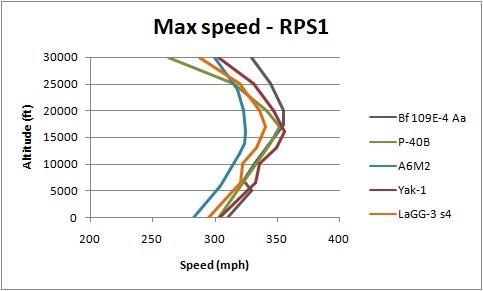

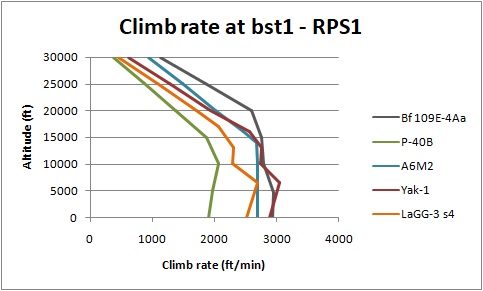
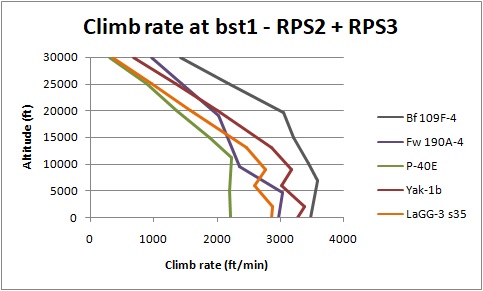
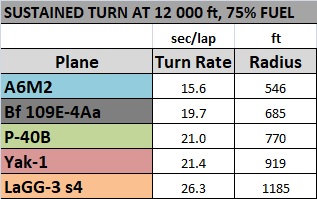
.
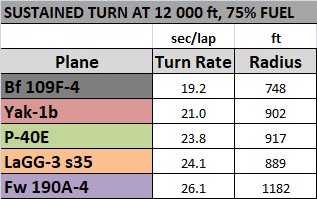 ---== The GENERAL MOTORS TBM-3 AVENGER NEW FLIGHTMODEL ==---
---== The GENERAL MOTORS TBM-3 AVENGER NEW FLIGHTMODEL ==---The TBM-3 Avenger used the Wright R-2600-20 capable of an 1917 hp at sea level. This resulted in quite an impressive top speed for it's role, and this was one of the finest dive bombers of WW2. The TBM-3 could carry a torpedo, or a combination of bombs and rockets, and it was quite durable to damage. This is a rugged, fast, and heavy hitting dive bomber, with the ability to bite back against enemy fighters that are not to heavily armed.
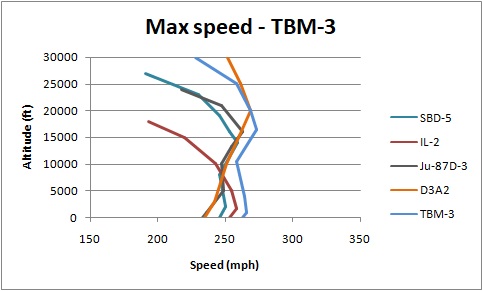 ---== THE JUNKERS JU 88 SERIES FULL REHAUL ==---
---== THE JUNKERS JU 88 SERIES FULL REHAUL ==---Designed with a sleek fuselage and powered by the Jumo 211J engines, capable of 1272 hp at 1.25 ata, and a 1 minute WEP of 1465 hp at 1.40 ata, the Ju 88 was one of the fastest bombers of WW2. In the 1930's it was developed as a Schnellbomber (fast bomber), intended to outspeed contemporary fighters. However once Ju 88 came into actual use, the Spitfires and Hurricanes of Great Britain could outmatch it speed wise. The Junkers bomber was designed to be used both as a dive bomber and a level bomber, and flew missions for Germany at all fronts. The Finnish airforce also operated the Ju 88 against the Russians.
--= Ju 88A-4 =--The A-4 could carry a payload of up to 6600 lb (3000 kg), or be equipped with two torpedos for ship hunting. The defensive armament is fairly weak and consists of a single 7.92 mm MG 81J in the nose, a dual 7.92 mm MG 81Z in the gondola, and a 13 mm MG 131 in the dorsal position. The Ju 88A-4 does however host a forward firing 20 mm cannon controlled by the pilot, which can be used to give a nasty surprise to enemy fighters flying in front of the Ju 88. The A-4 also has dive brakes, allowing it to be successfully used as a dive bomber.
--= Ju 88C-6 =--The C-6 was designed as a fighter-bomber version of the Ju 88 but was most commonly used as a night fighter. It uses the same Jumo 211J engines as the A-4, but has had it's nose glazing exchanged for an all metal nose, and the gondola removed for less drag. The C-6 is 10-12 mph faster than the A-4 due to a lower total dragco. This Ju 88 version is well armed with 3x 7.92 mm forward firing machineguns and 3x 20 mm cannons. While it can't turn fight with normal fighters, it's toughness, armament, and speed advantage on other bombers, makes it a potent bomber interceptor. The C-6 was also used against shipping during WW2.
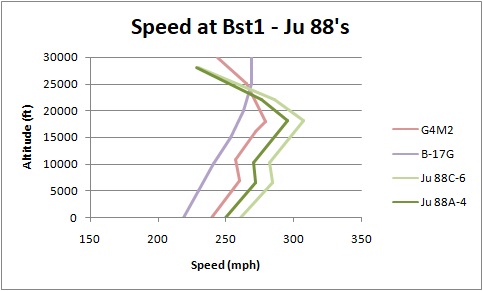
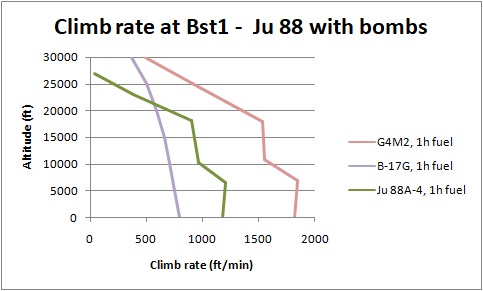
<S>
/Robert